 W
WIn British maritime law and custom, an ensign is the identifying flag flown to designate a British ship, either military or civilian. Such flags display the United Kingdom Union Flag in the canton, with either a red, white or blue field, dependent on whether the vessel is civilian, naval, or in a special category. These are known as the red, white, and blue ensigns respectively.
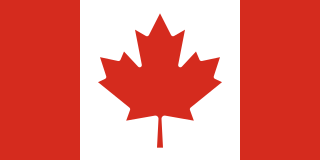 W
WIn heraldry and vexillology, a Canadian pale is a centre band of a vertical triband flag that covers half the length of a flag, rather than a third as in most triband designs. This allows more space to display a central image. The name was suggested by Sir Conrad Swan, Rouge Dragon Pursuivant, and first used by Queen Elizabeth II as Queen of Canada proclaiming the new Canadian flag on 28 January 1965. Properly, the term should only apply to Canadian flags, though in general use the term is also used to describe non-Canadian flags that have similar proportions.
 W
WA canton in a flag is a rectangular area, usually at the top hoist corner of a flag, occupying up to a quarter of the flag's area. The canton of a flag may be a flag in its own right. For instance, British ensigns have the Union Jack as their canton, as do their derivatives such as the national flags of Australia and New Zealand.
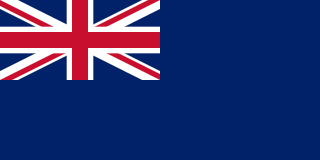 W
WDefacement, in heraldry and vexillology, is the addition of a symbol or charge to another flag. For example, the New Zealand flag is the British Blue Ensign defaced with a Southern Cross in the fly.
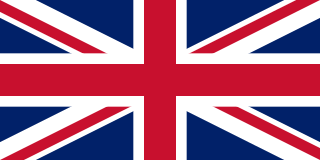 W
WIn heraldry and vexillology, fimbriation is the placement of small stripes of contrasting colour around common charges or ordinaries, usually in order for them to stand out from the background, or perhaps just because the designer felt it looked better, or for a more technical reason to avoid what would otherwise be a violation of the rule of tincture. While fimbriation almost invariably applies to both or all sides of a charge, there are very unusual examples of fimbriation on one side only. Another rather rare form is double fimbriation, where the charge or ordinary is accompanied by two stripes of colour instead of only one. In cases of double fimbriation the outer colour is blazoned first. The municipal flag of Mozirje, in Slovenia, show an example of fimbriation that itself is fimbriated.
 W
WFlammé is a term in vexillology for a flag design that places a coat of arms in the center of the flag, filling the remaining space on the flag with flame-like designs. The design was used specifically in the Old Swiss Confederacy during the 17th and 18th centuries, where there was no difference between coat of arms and flags, and the same design was used for both. Regiments of Swiss mercenaries during the 18th century, especially those in French service, often used flammé designs with the Swiss Cross superimposed rather than a coat of arms.
 W
WIn heraldry and vexillology, a Spanish fess is a term occasionally used to describe the central horizontal stripe of a tricolour or triband flag that is twice the width of the stripes on either side of it.
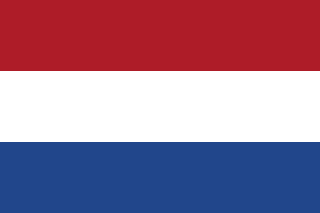 W
WFlags of white, red and blue stripes (bands) are closely associated with independence and the French Revolution. It can often signal the relationships of some nations with other nations.
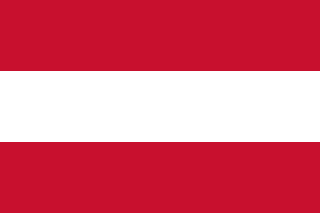 W
WThe triband is one of the most common designs of flag, and is the design of some 30% of all current national flags.
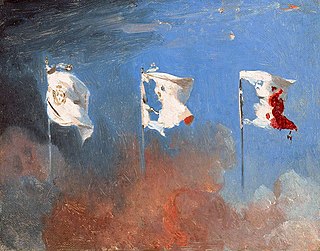 W
WA tricolour or tricolor is a type of flag or banner design with a triband design which originated in the 16th century as a symbol of republicanism, liberty or indeed revolution. The flags of France, Italy, Romania, Mexico, and Ireland were all first adopted with the formation of an independent republic in the period of the French Revolution to the Revolutions of 1848, with the exception of the Irish tricolour, which dates from 1848 but was not popularised until the Easter Rising in 1916 and adopted in 1919.